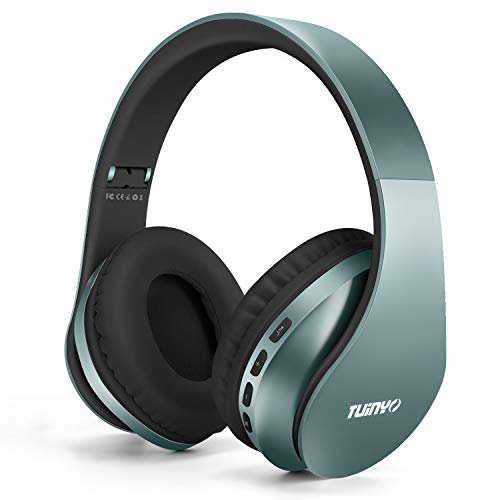Think about getting cordless headphones. This page has all the information you need to know about price, form, technical specifications, and more. Apple removed the iPhone’s headphone jack in 2016. Businesses like Google, Motorola, and HTC soon after started to appear. Wireless headphones, which were formerly avant-garde, became popular overnight. It could be difficult to choose bluetooth wireless headphones, nevertheless. From how effectively the sound is produced to how they are set up, each model performs uniquely. There’s a lot to understand, so let’s get started.
Types of Wireless in Headphones
When you consider wireless headphones, Bluetooth headphones are probably what first comes to mind (there are even truly wireless earbuds now). Bluetooth is the best option for using a phone as a music player if it lacks a headphone jack. Your second choice is a USB-C headphone dongle. If you also need to charge your phone, it is a messy alternative that is made worse. Bluetooth is useful since it is supported by everyone’s mobile devices and an increasing number of other equipment. It has a range of about 32 feet and is reasonably energy-efficient. It is also moving forward swiftly because the choice was made to do away with headphone connectors.
There are still a few other, more established wireless headphone technologies in use. Both require a separate transmitter and are primarily used for TV. Nowadays, infrared technology is extremely uncommon and necessitates a direct line of sight between the transmitter and headphones. The Sennheiser RS120 is one example of a product that uses radio frequency, which has greater power. It can be used with a home radio as well as a TV because it has a range of up to 150 feet and the signal can flow through walls. It isn’t as secure as Bluetooth and is more susceptible to interference.
Bluetooth and Sound Quality
Your Bluetooth headphones’ audio codec choice will determine how well they sound. The audio is encoded by the codec, a piece of software, and decoded by the other end. It must be compatible with both your audio player and headphones.
SBC
aptX
aptX HD
AAC
Latency
Battery Life for Wireless Headphones
Bluetooth headphones include a rechargeable battery that is incorporated right into them. Large batteries that can be charged via a USB connection are built into over-ear Bluetooth headphones. Battery life should be between 20 and 30 hours; the JBL Everest, for example, makes a 25-hour battery life guarantee. Earbuds with Bluetooth have lower battery life. The normal battery life of two headphones that are connected by a cable is eight hours, and charging is accomplished via a USB cable. True wireless earphones, in which the two components are distinct, last for three to five hours. They come with a unique charging case that also maintains the charge when the earbuds are not in use.
Keep in mind that battery life is influenced by volume. The battery life will decrease as the volume of your music increases. Quotes for battery life on manufacturer spec sheets frequently refer to ideal circumstances rather than actual use.
Bluetooth headphones pairing
It might be as simple as connecting Bluetooth headphones to a phone or other device, or it can be very irritating. The W1 chip in a few Apple headphones has shortened the pairing procedure to three seconds. To use the AirPods, open the case (or push the button on the side of some Beats headphones), then hit the onscreen instruction.



